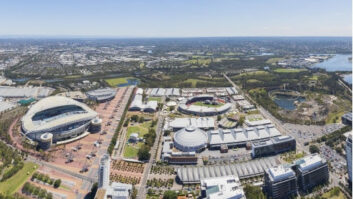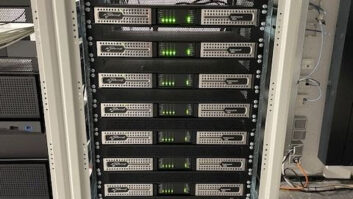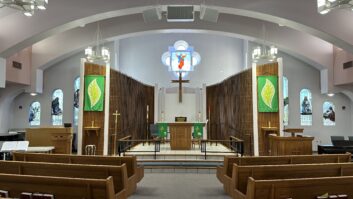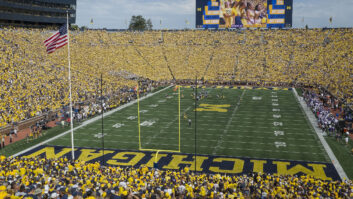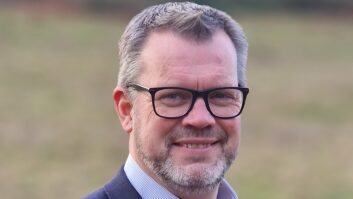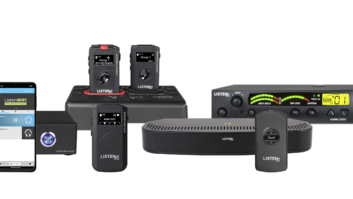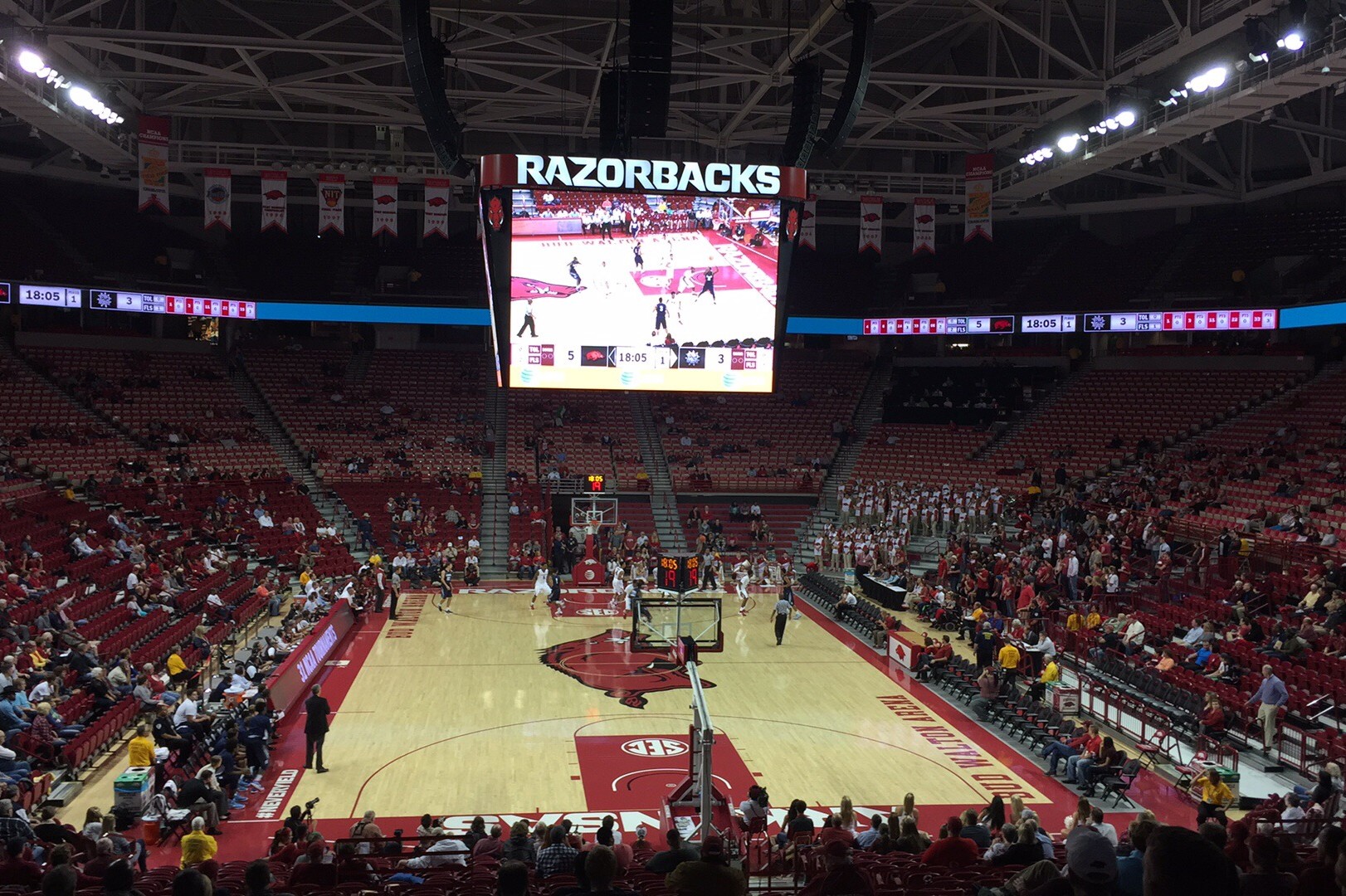
The University of Arkansas’ Bud Walton Arena has undergone a major audio system upgrade with Lab.gruppen D and C Series amplifiers specified to drive the new EAW loudspeaker system and for BSS integration and Lake Processing capabilities.
University of Arkansas (UofA) associate athletics director, Justin Maland commented: “It’s not just about the game anymore, it’s about entertainment, video, promotions not just playing canned music between time outs. Also, the configuration of the way we place fans in the arena has changed; for example, we have courtside seats we didn’t have 20 years ago and, with the exception of the centre hang, the audio system hasn’t been replaced since we opened.”
Designed by WJHW and installed by Clair Solutions in October 2015, the system was specified with fan experience a priority. “The old system was no longer adequate in any way, and UofA wanted to step it up with a more musical system,” said Scott Bray, consultant at WJHW, who designed the system and has worked on other projects at the University.
The integration offered by Lab.gruppen’s D Series and C Series figured heavily into the choice of Lab.gruppen. “It allowed us to cut back on DSP and Amp circuits, which saved us a lot in terms of electrical upgrades,” added Dustin Goen, system designer at Clair Solutions.
In all, 52 D Series amps were deployed for the project, with a mix of all power options available. The main arrays are powered by 18 D:120Ls and 18 D:80Ls, and the subs by 4 D:200Ls. in addition. 12 D:80Ls were also used for scoreboard fills and delays, and 17 C 28:4s were installed to cover the event level, ceiling speakers, under balcony and concourse. The new system also includes a Soundcraft Vi1 console and a Shure wireless package.
Lab.gruppen’s built in Lake Processing handles the grouping of speakers and arrays, and allows users to implement changes globally, per section, or per part of the array. “We wanted to use Lake Processing for the EAW crossovers and Lab.gruppen allowed us to do that without having as much investment in the BSS DSP front end,” Goen stated.
The ability to integrate the D Series’ Lake platform with BSS was a major consideration, Bray explained: “We were able to do a handshake between Lake to AMX to BSS so that there was a single unified control system with BSS Audio Architect. Lake provides an open third party protocol that send/receive data to AMX that is interpreted for the BSS GUI, so there’s a single user interface. They don’t have a full-time sound guy, so we needed to make it as easy as possible.”
Lab.gruppen’s compact footprint was another key factor, Bray added. “The standard rule now is four-channel amplifiers and this was a cost effective solution for power output and control. Using Lake, we were able to load all the settings for the EAW boxes easily, which took an incredible amount of work out of the equation.”
Maland concluded: “We now have the troubleshooting abilities, the chance to do more creative things in various sections of the arena and the flexibility at our fingertips to make adjustments the correct way, rather than shutting amps down and killing areas of the arena. Now we can do it the way it should be done to deliver the best game day experience for Razorback fans.”

